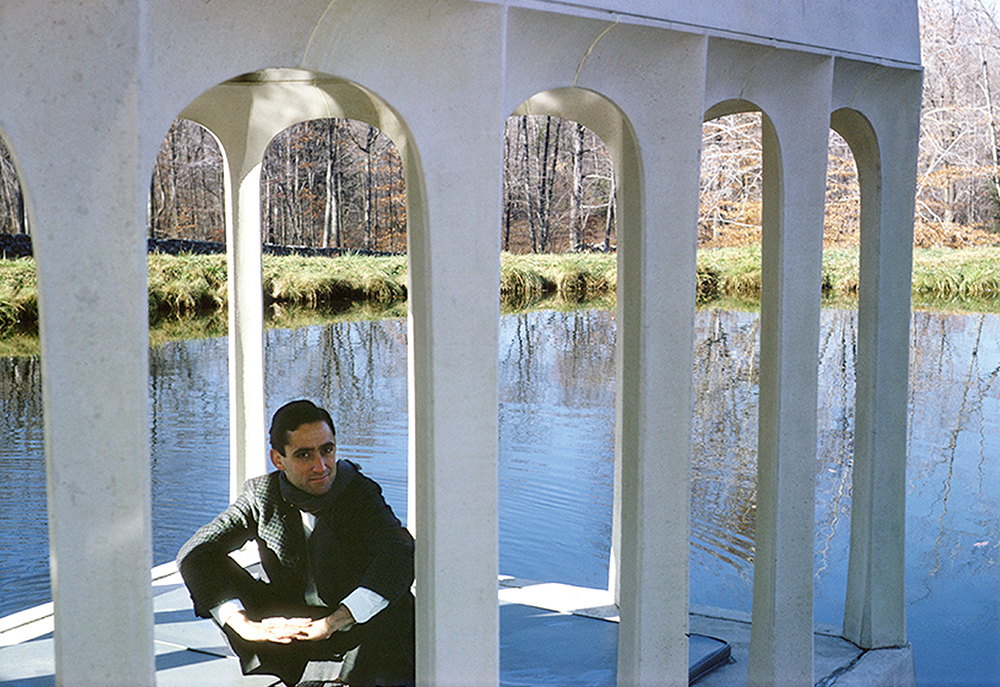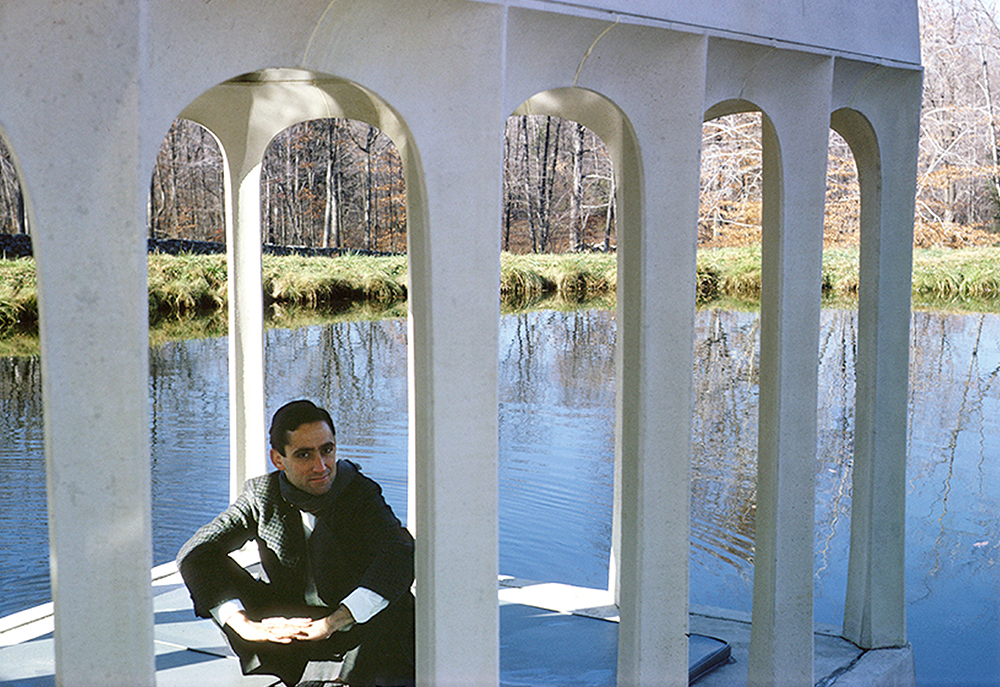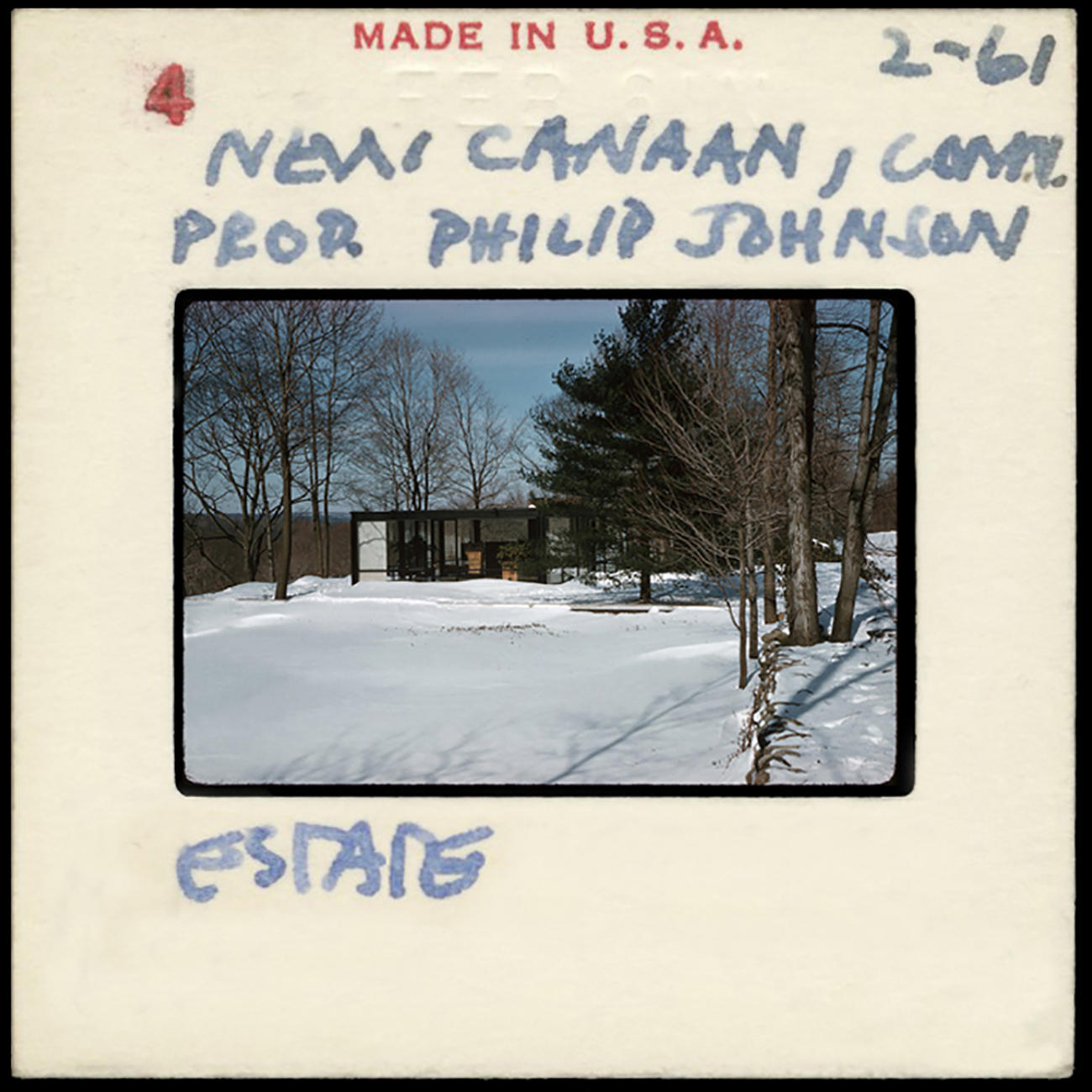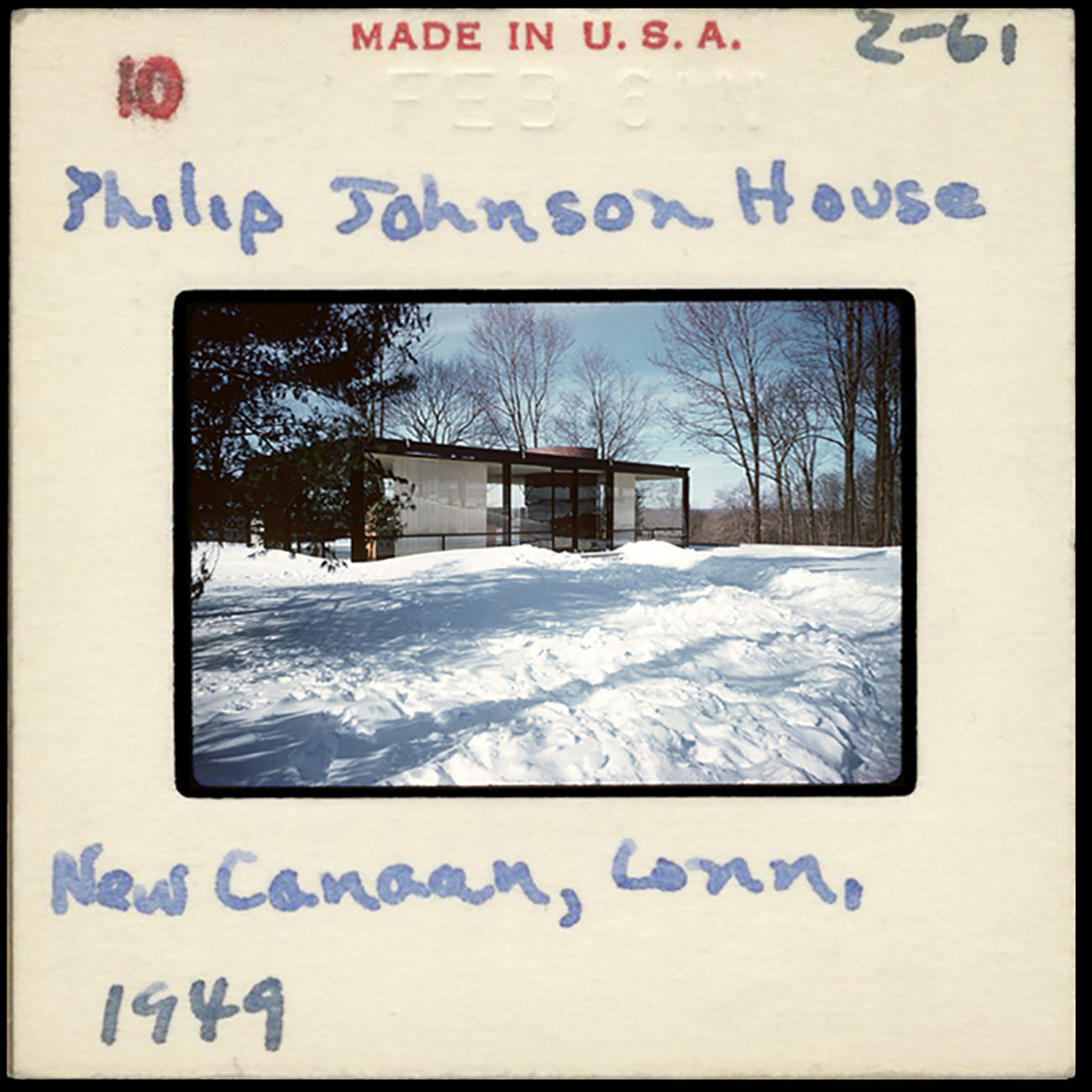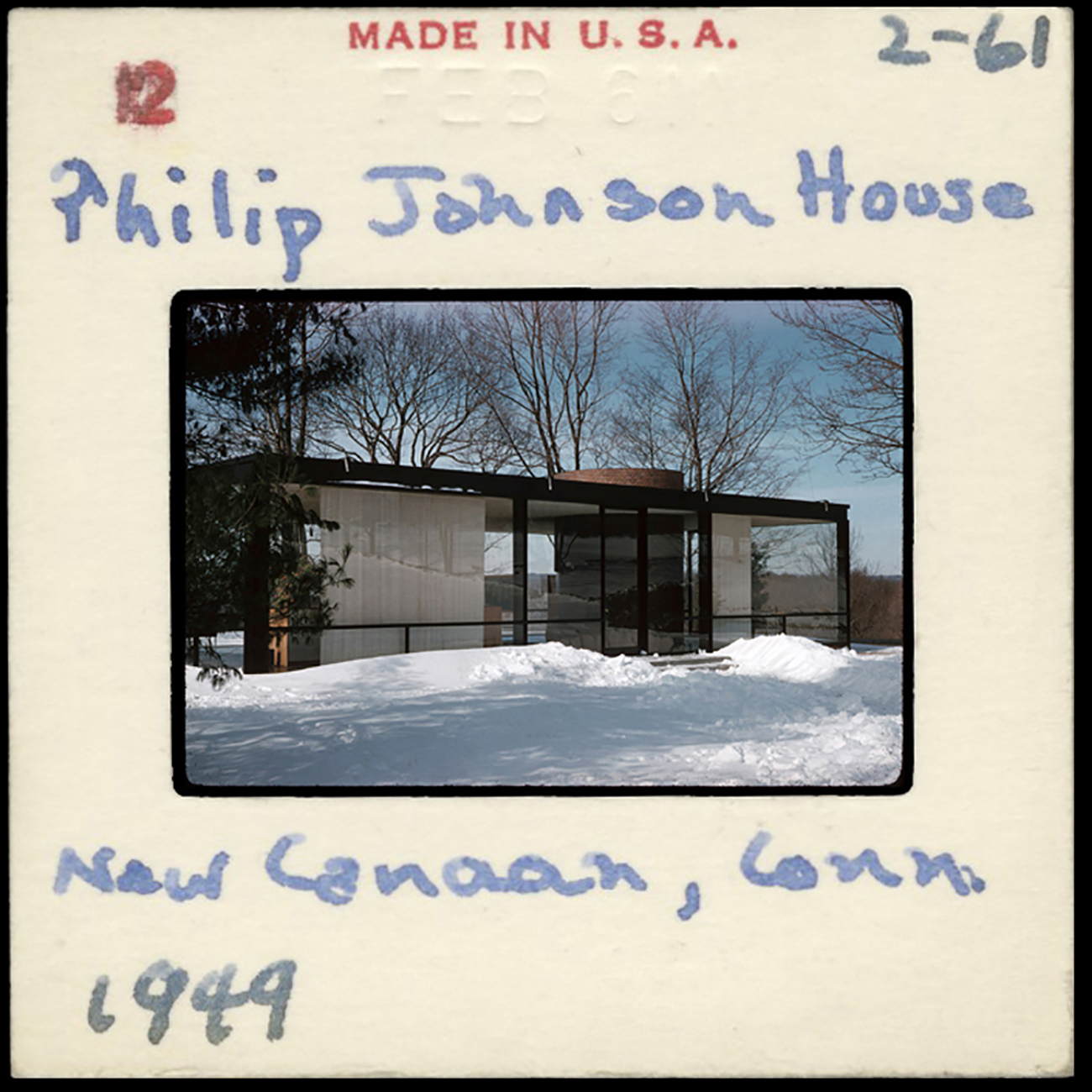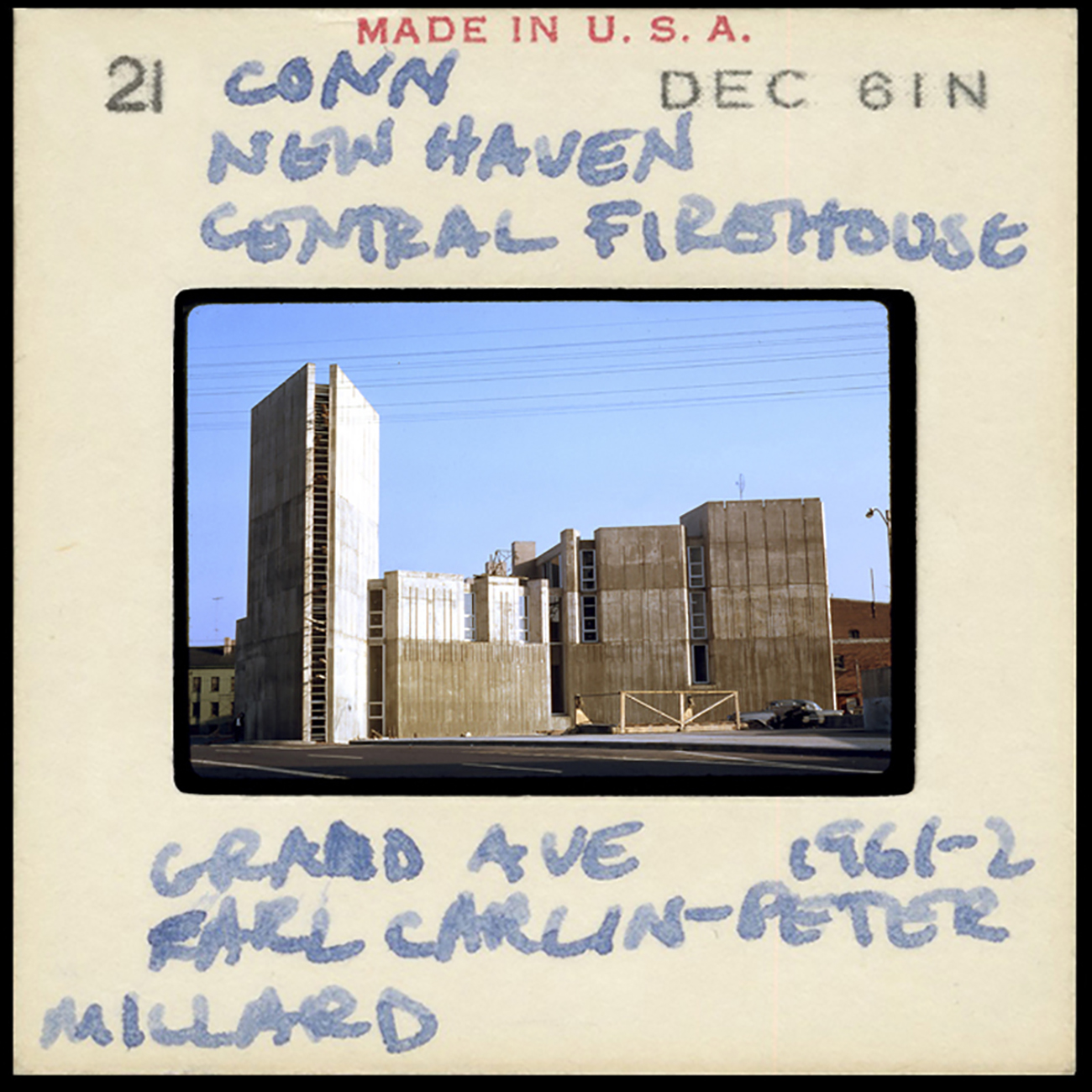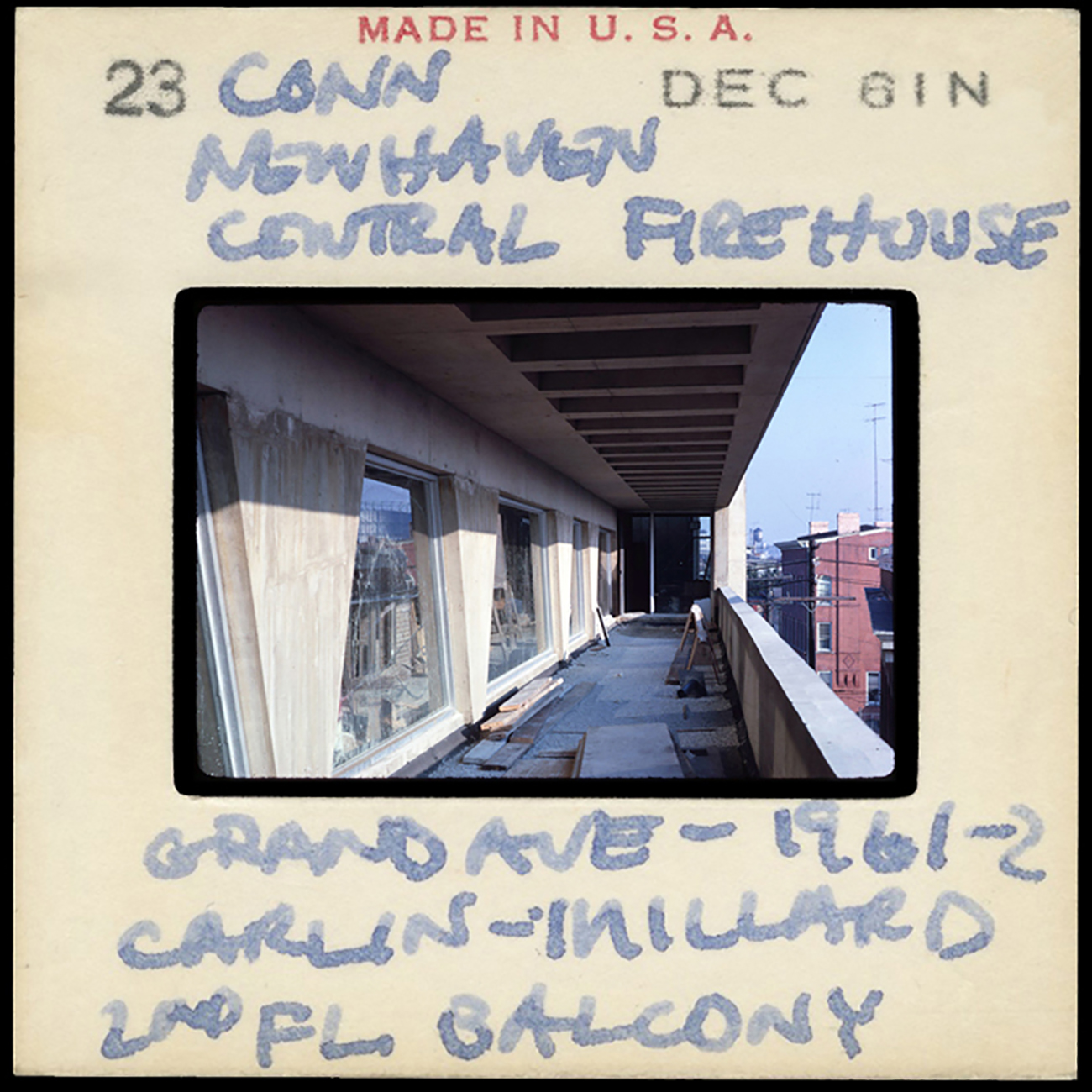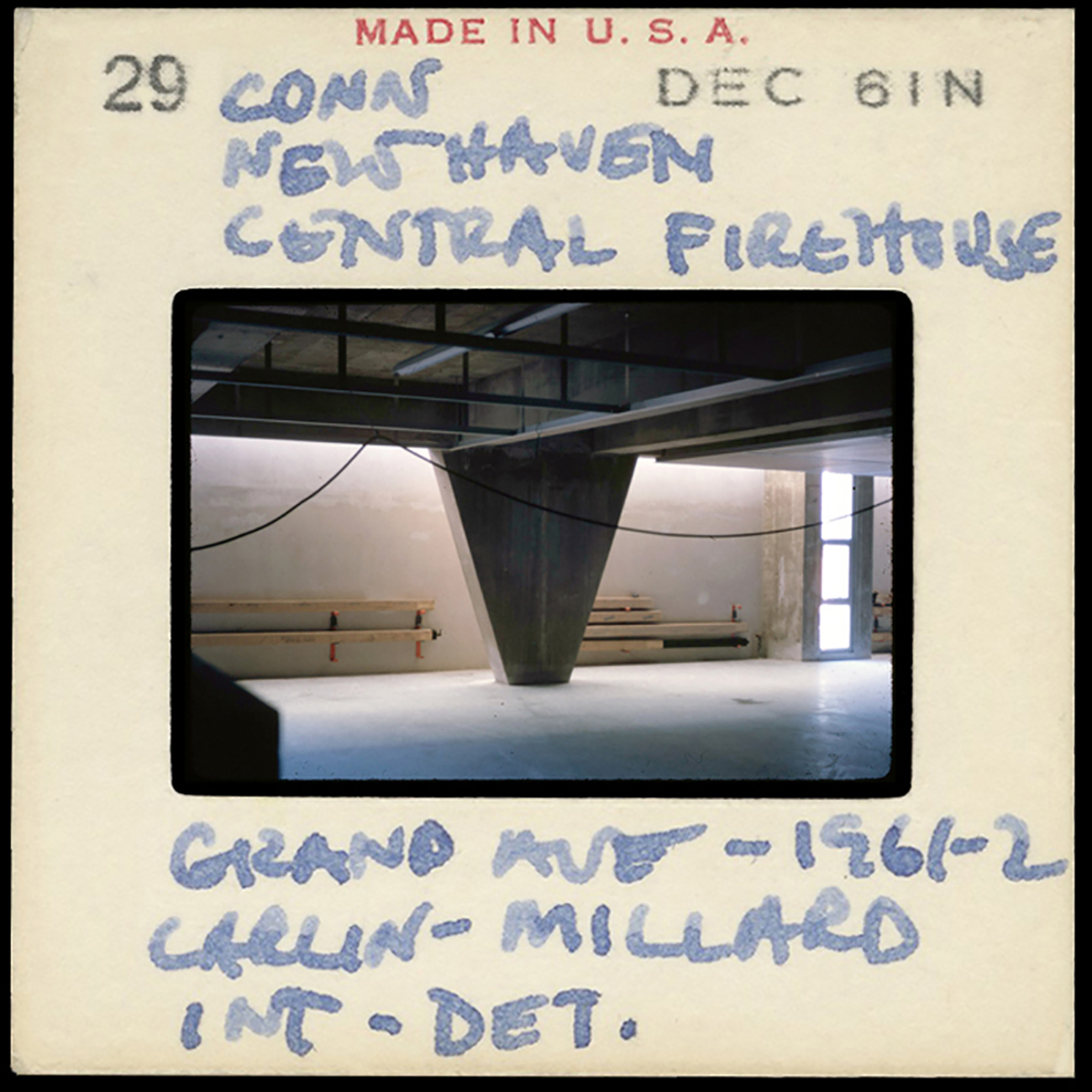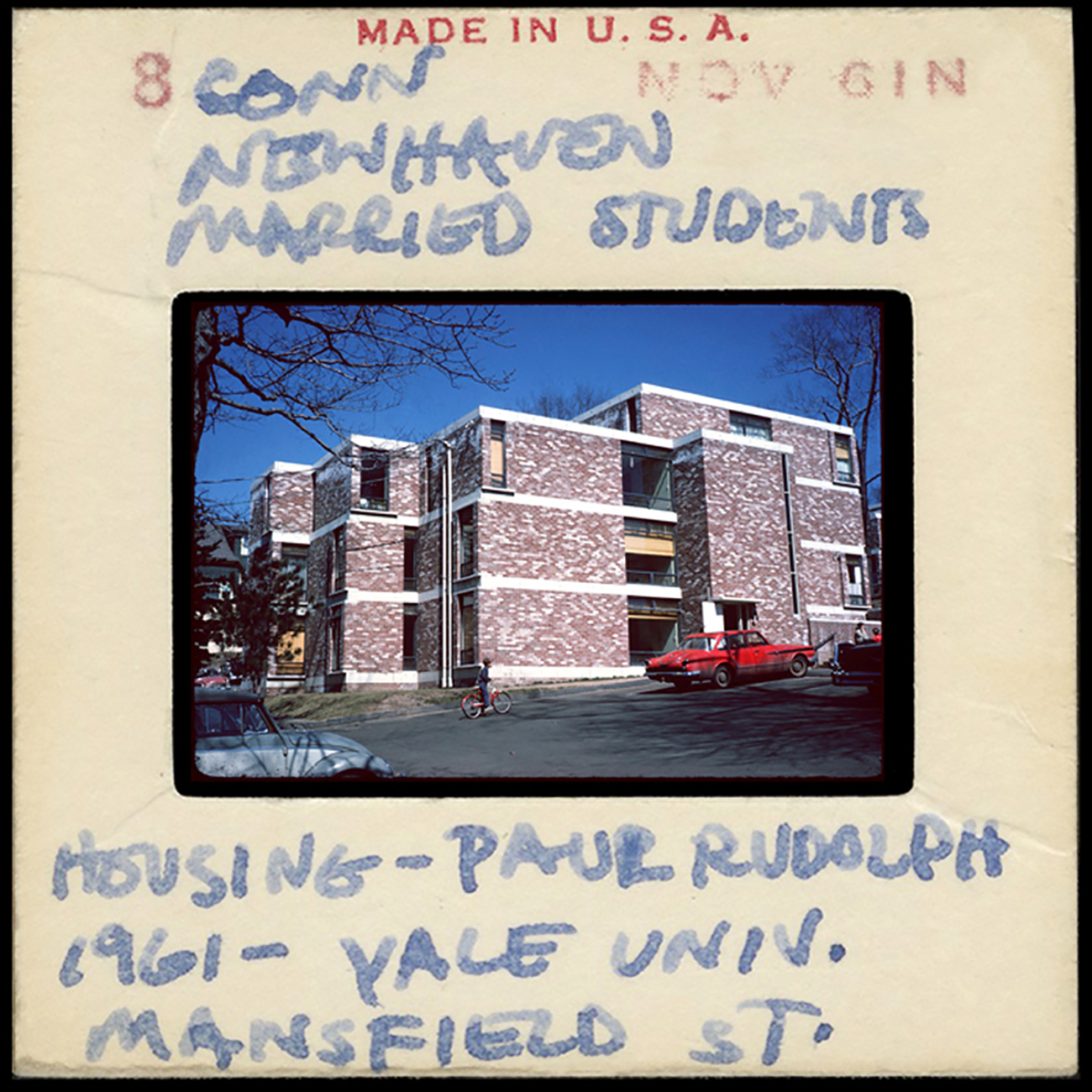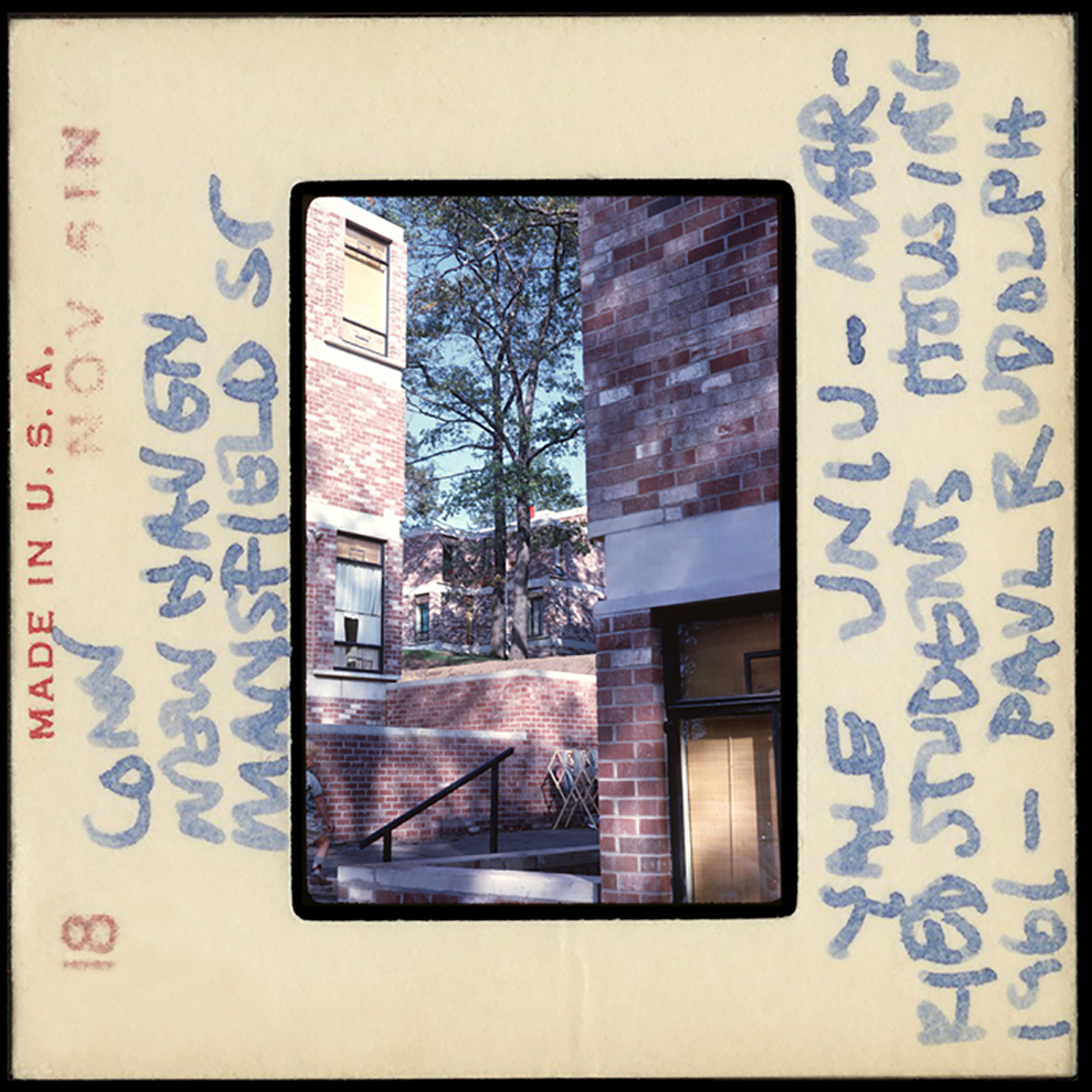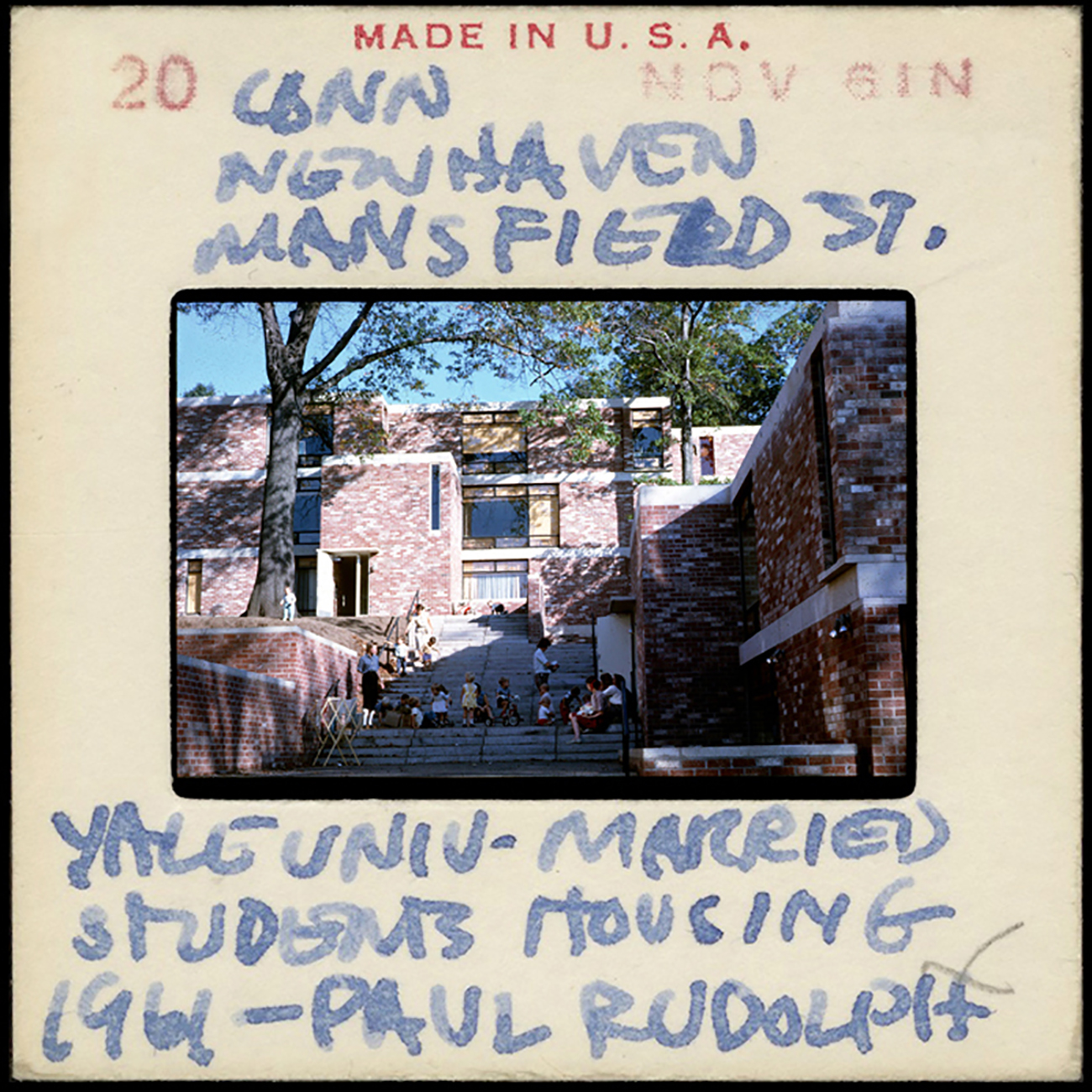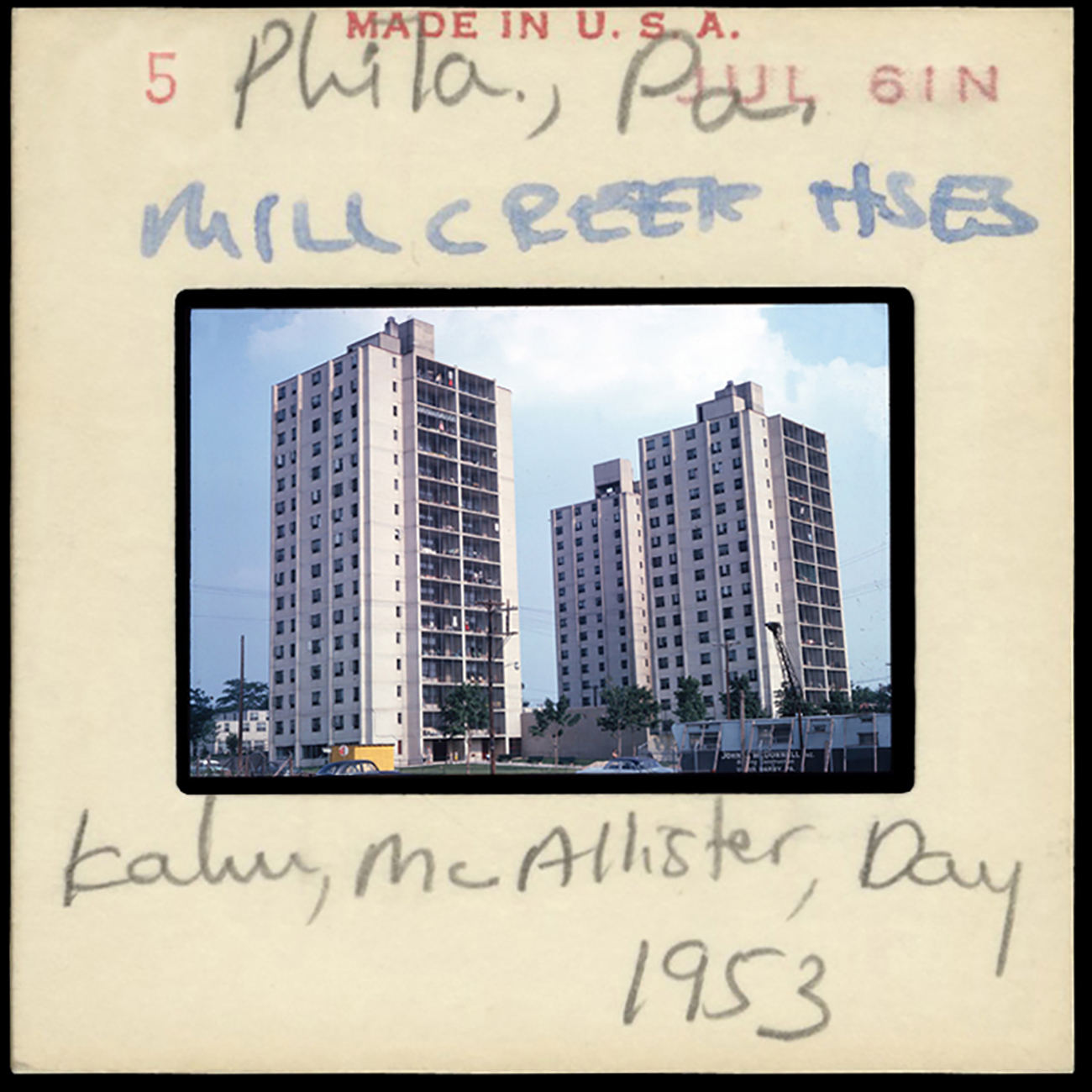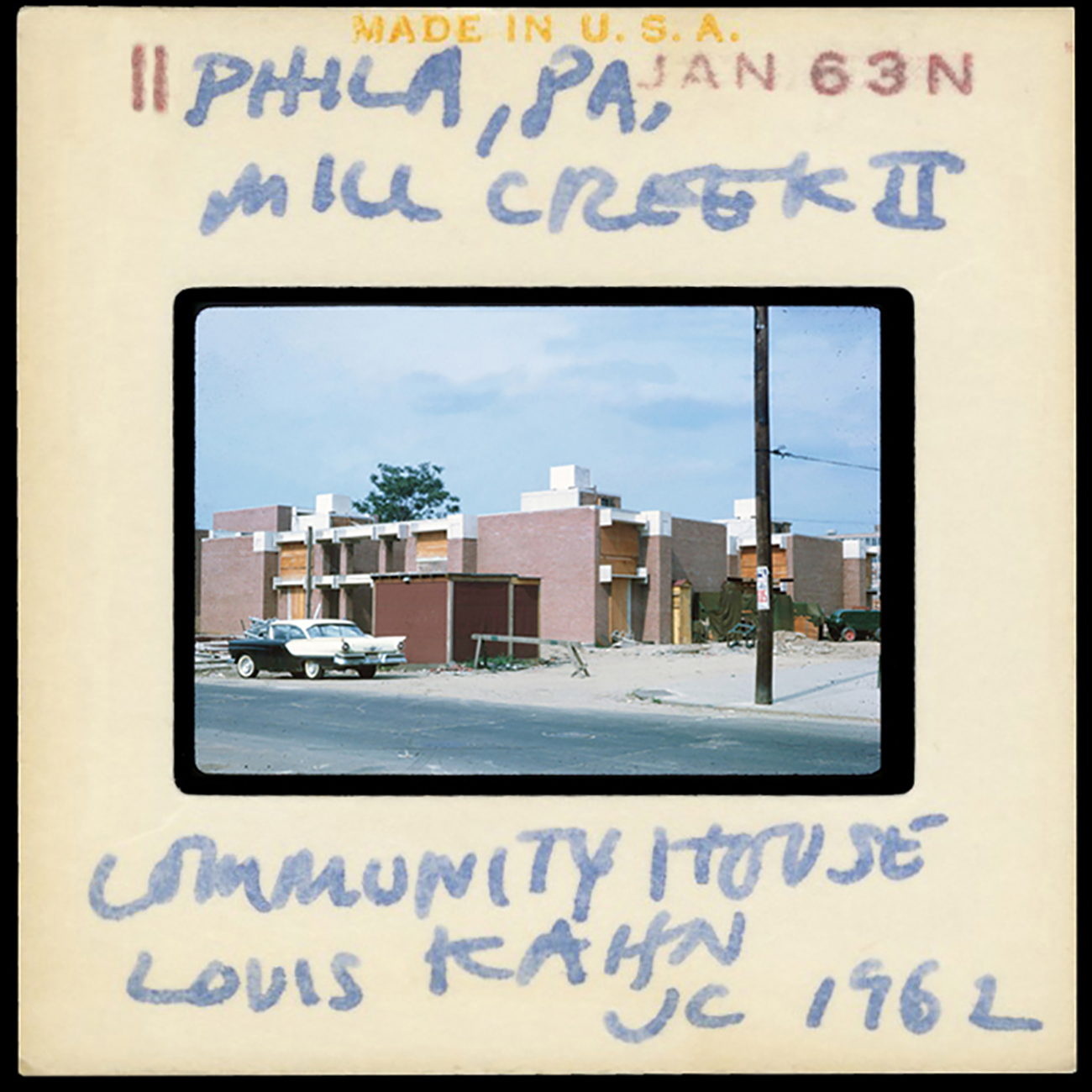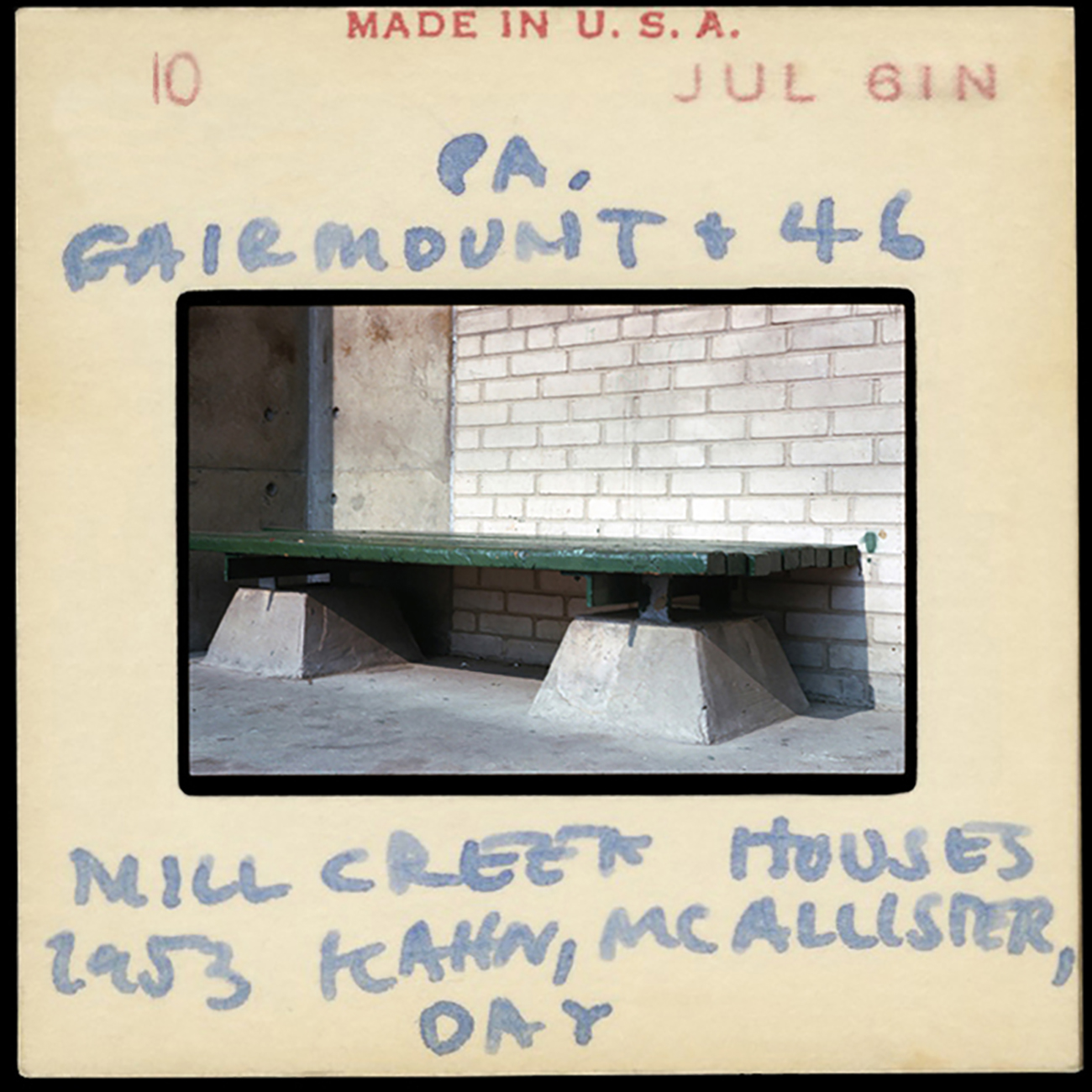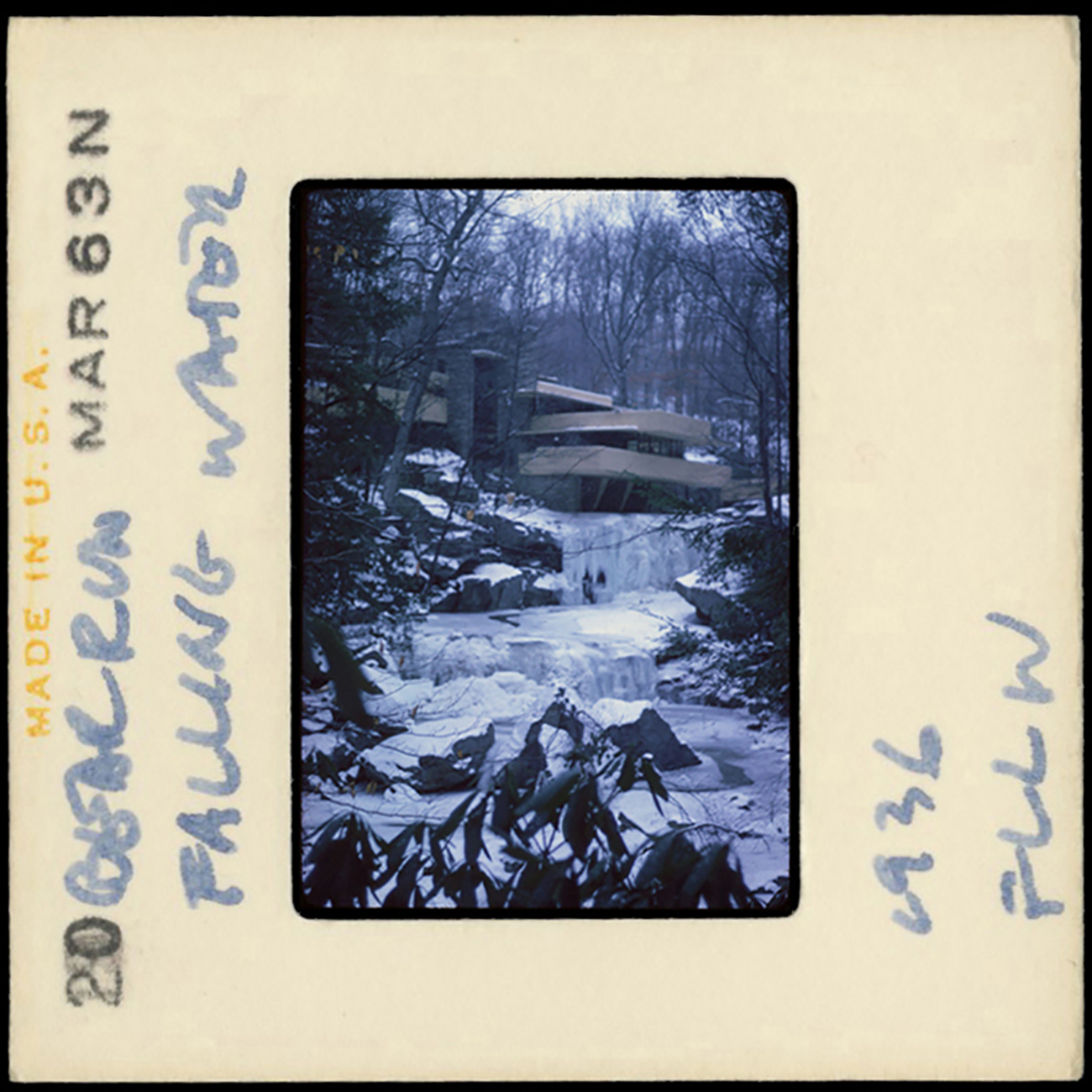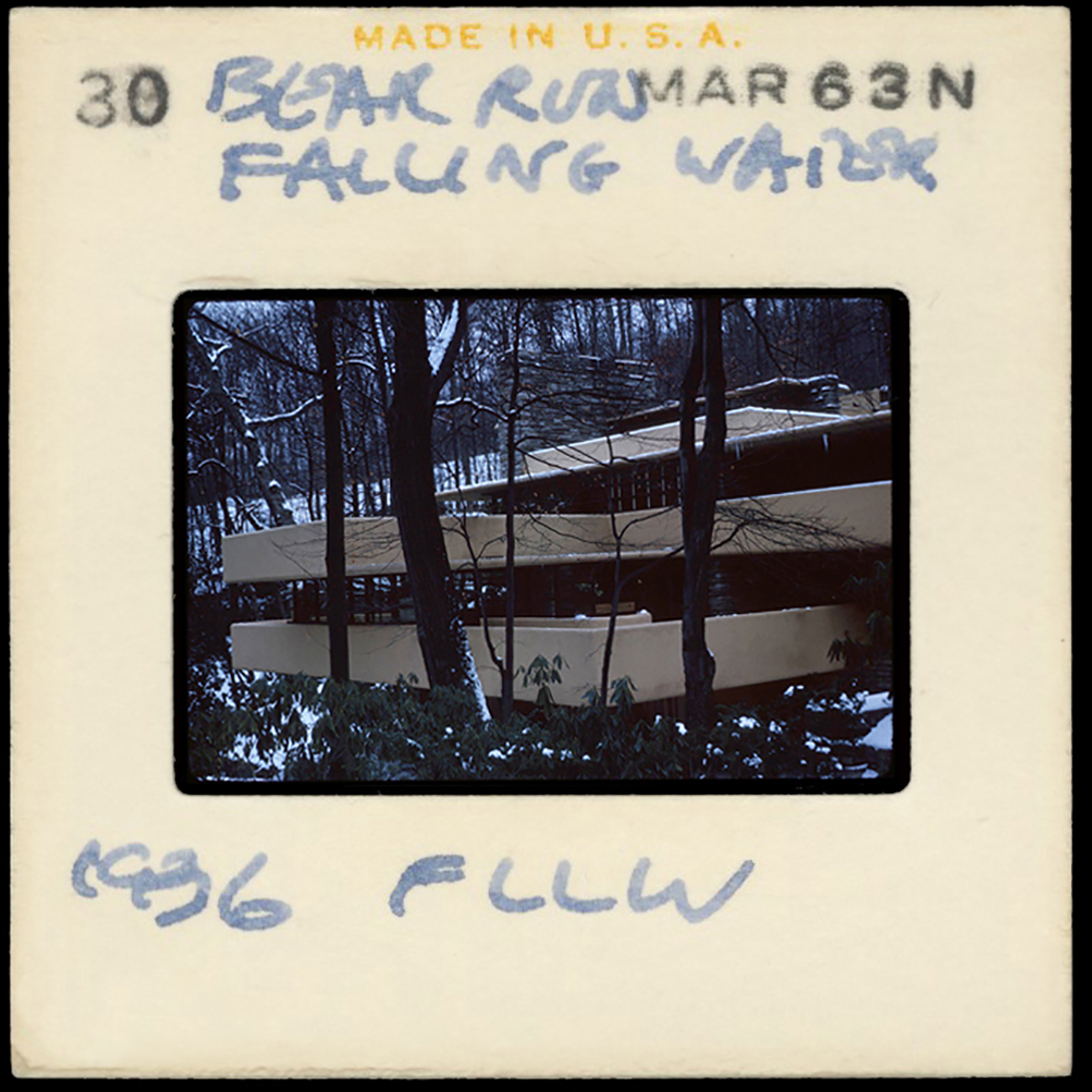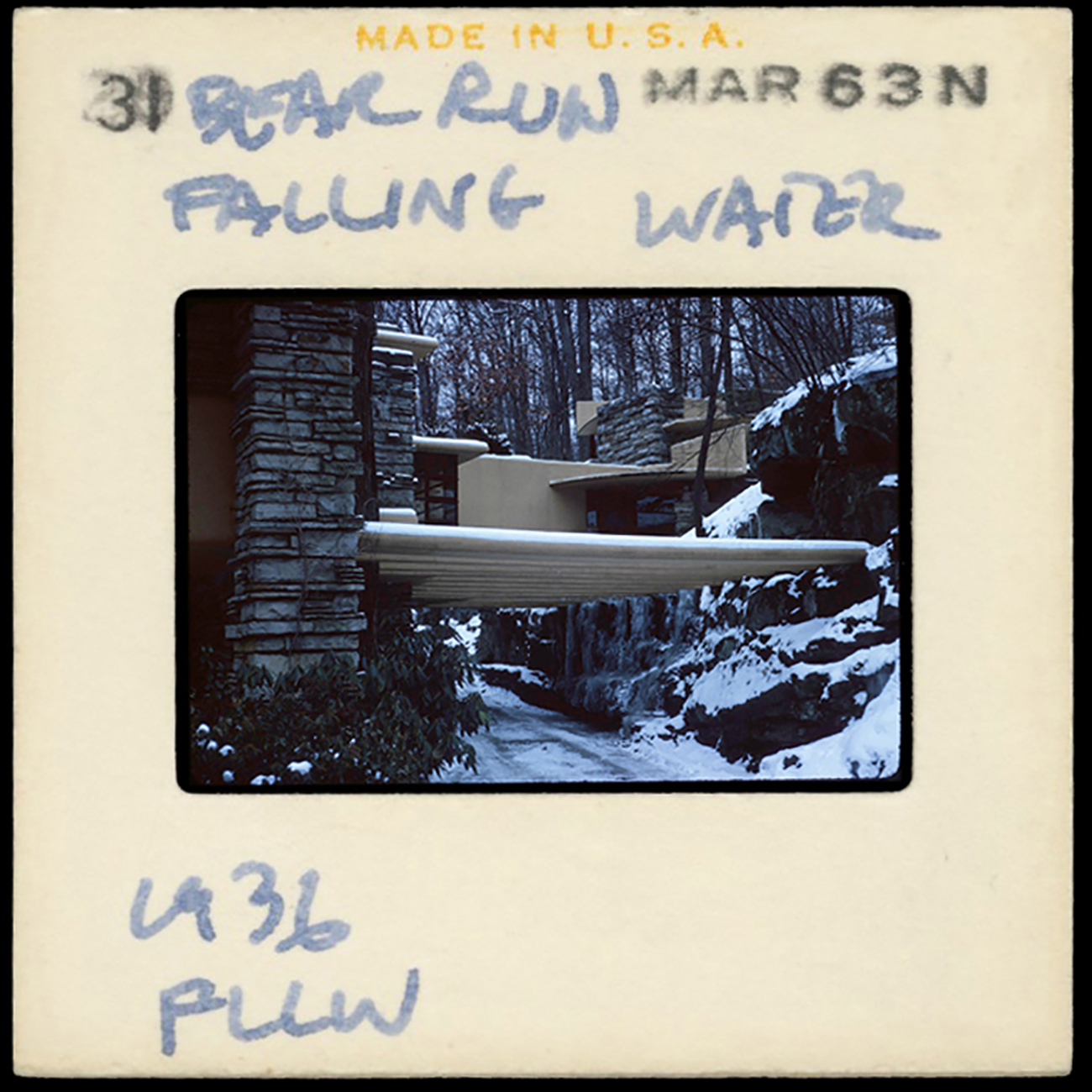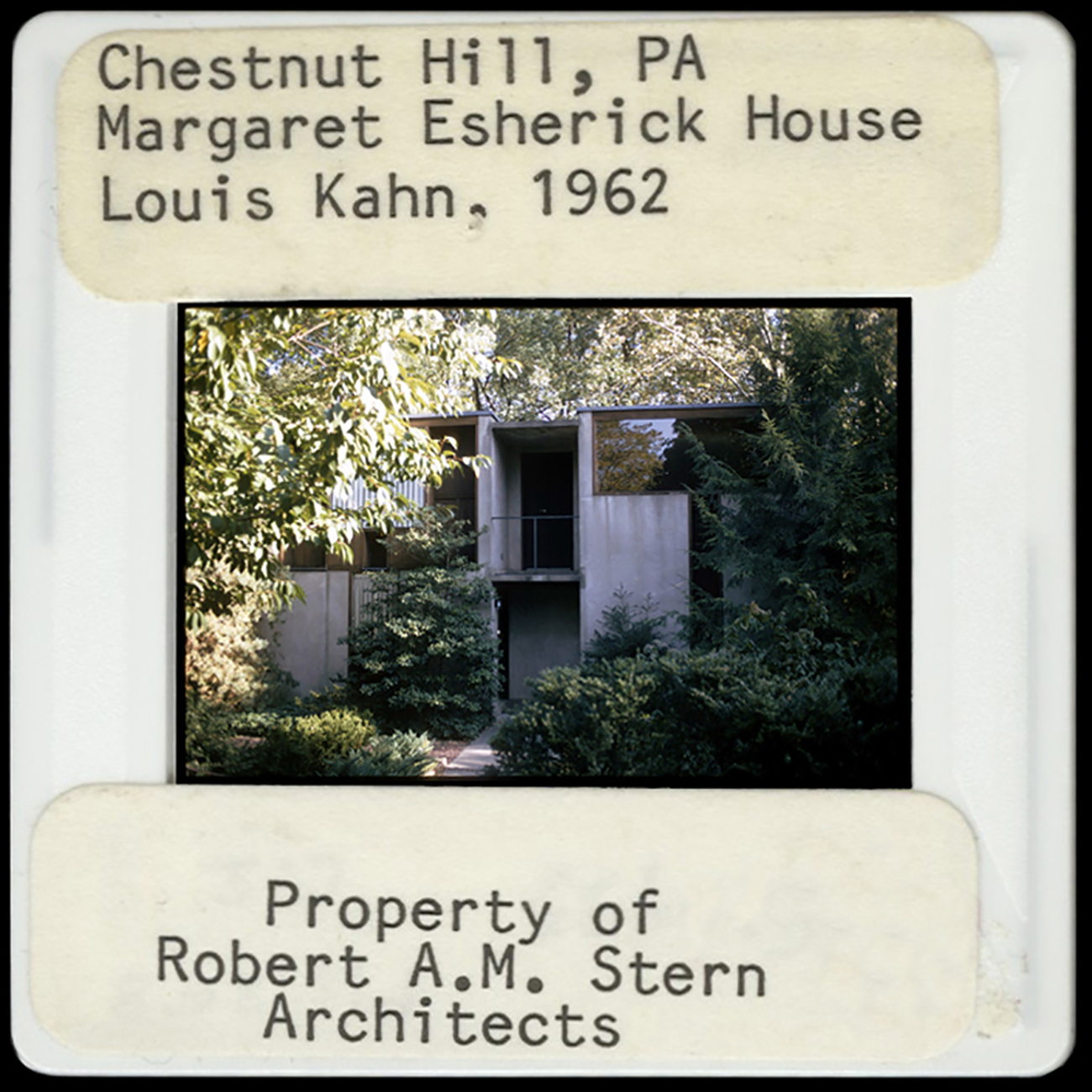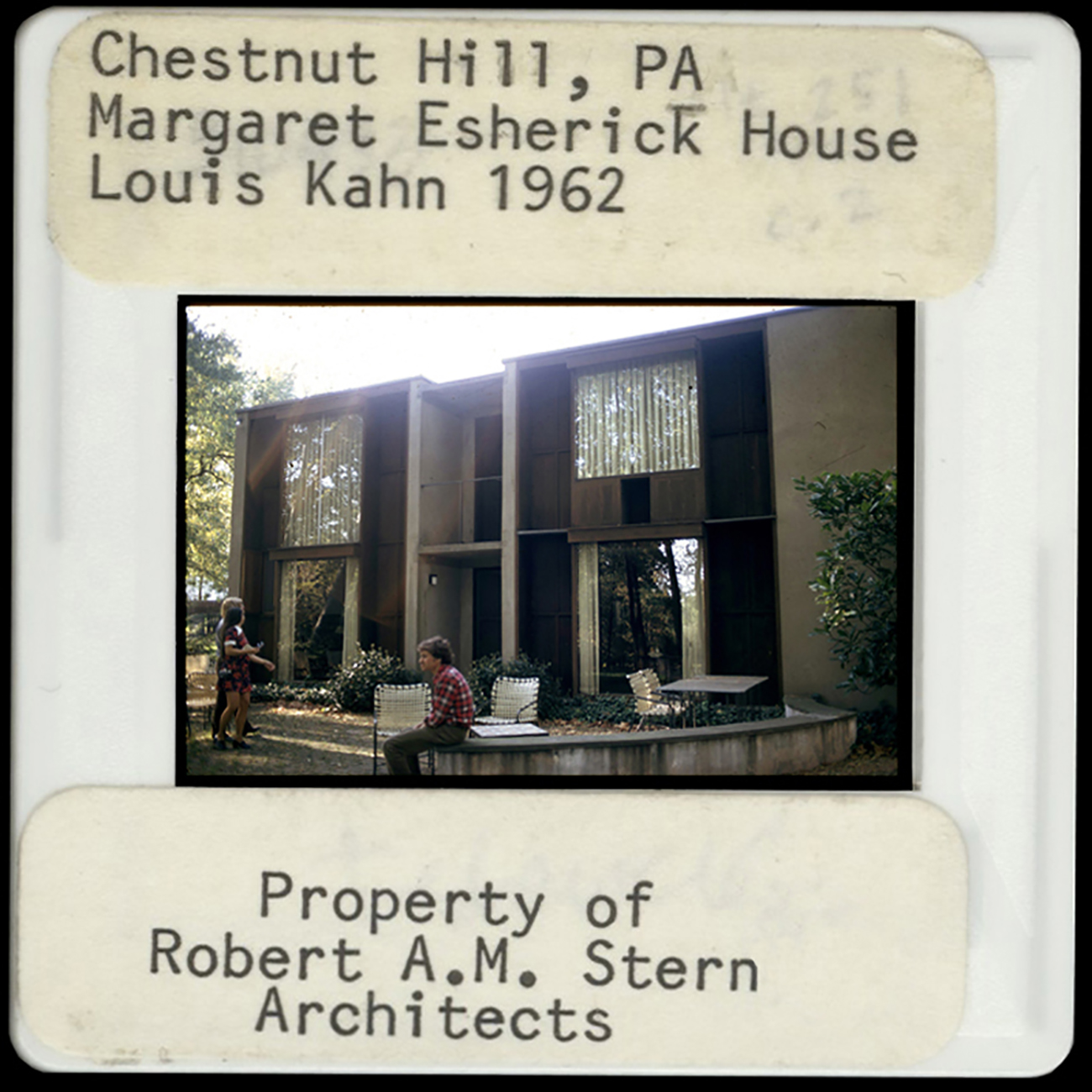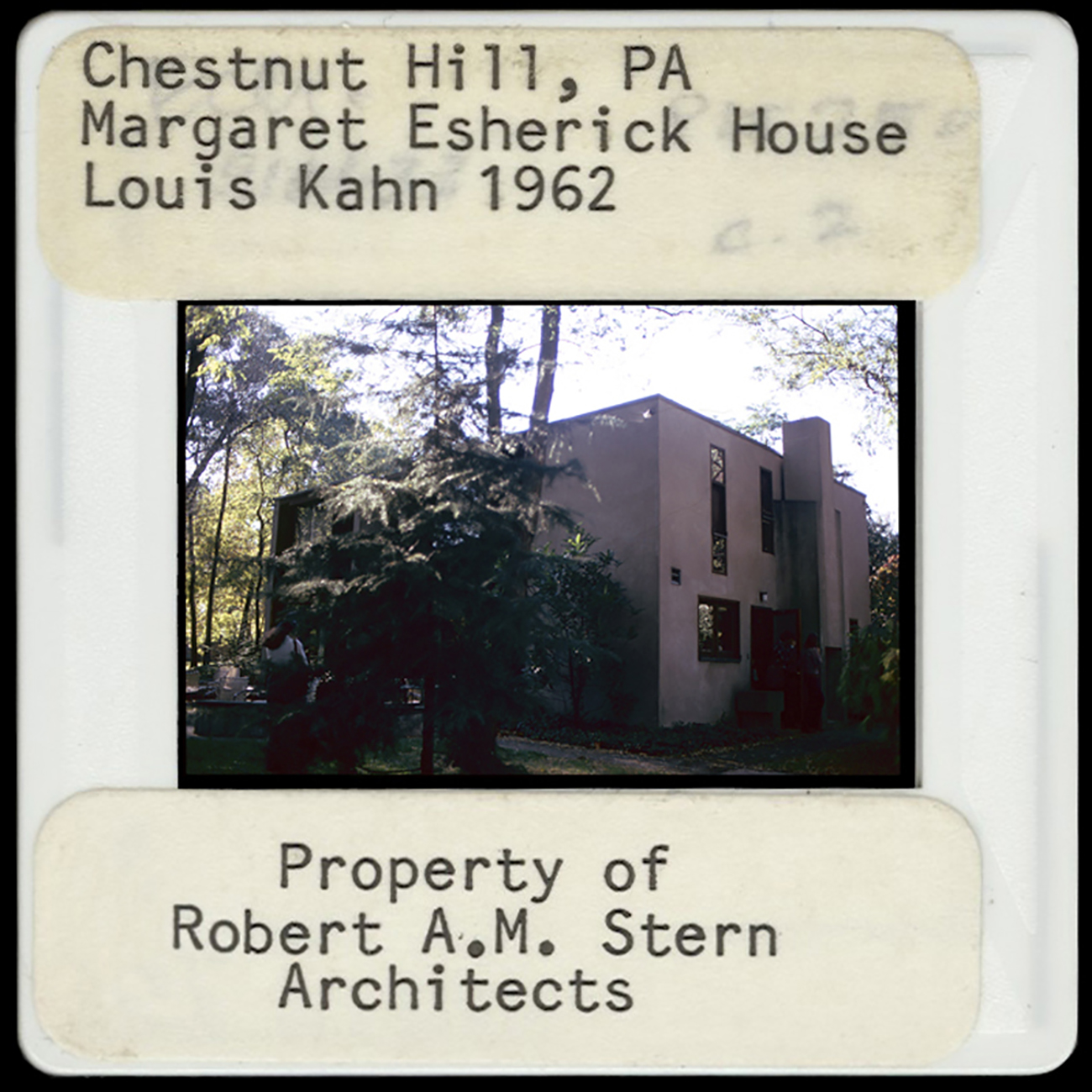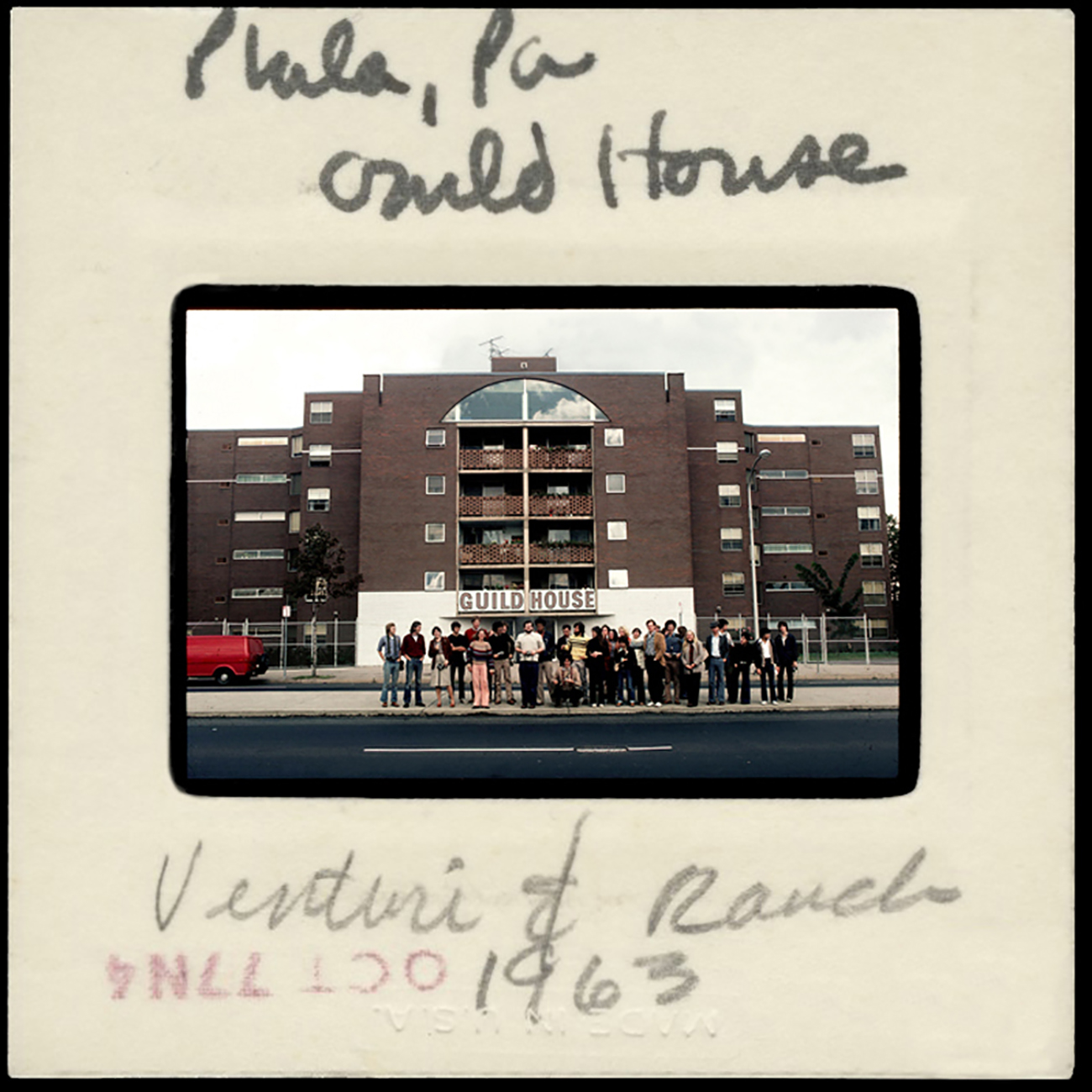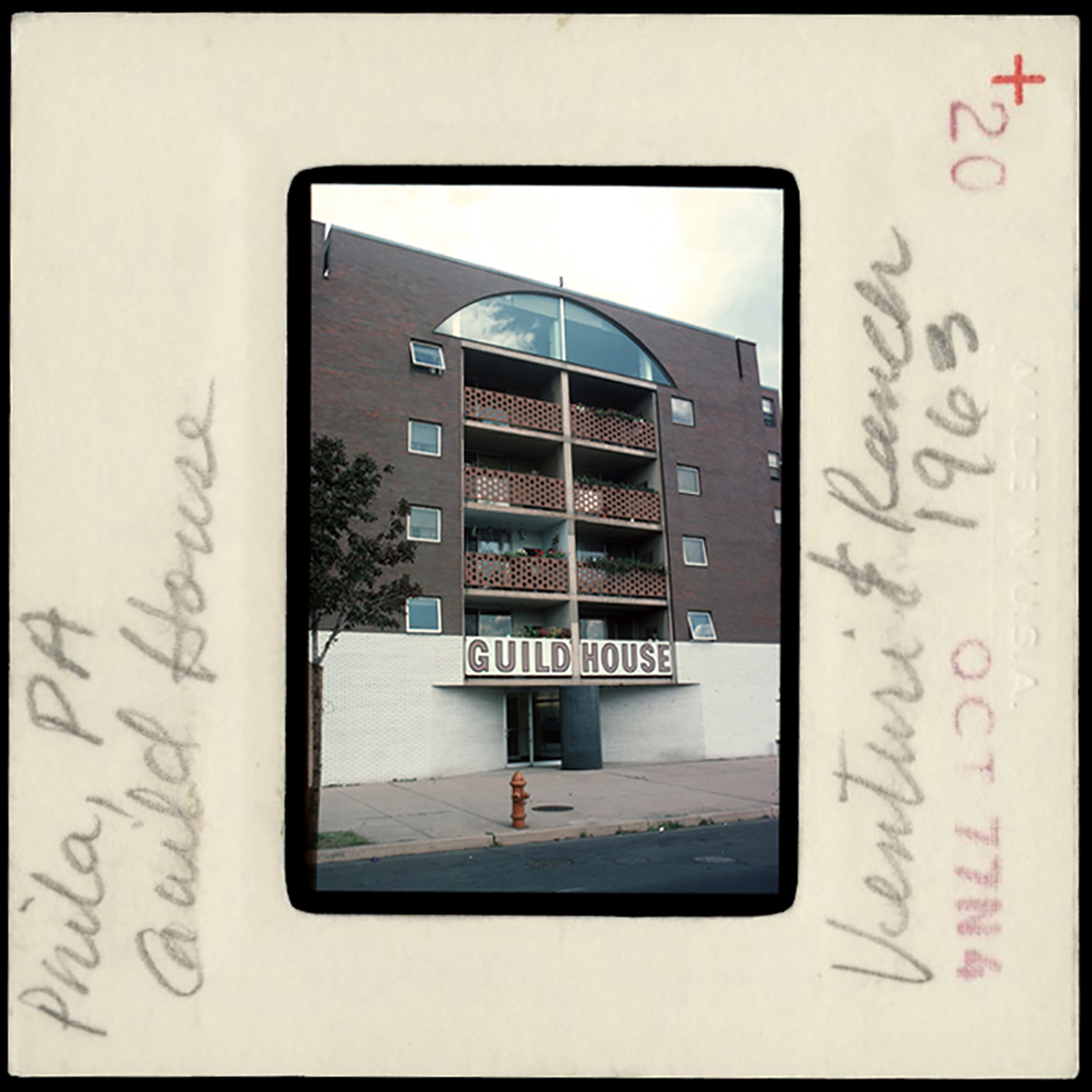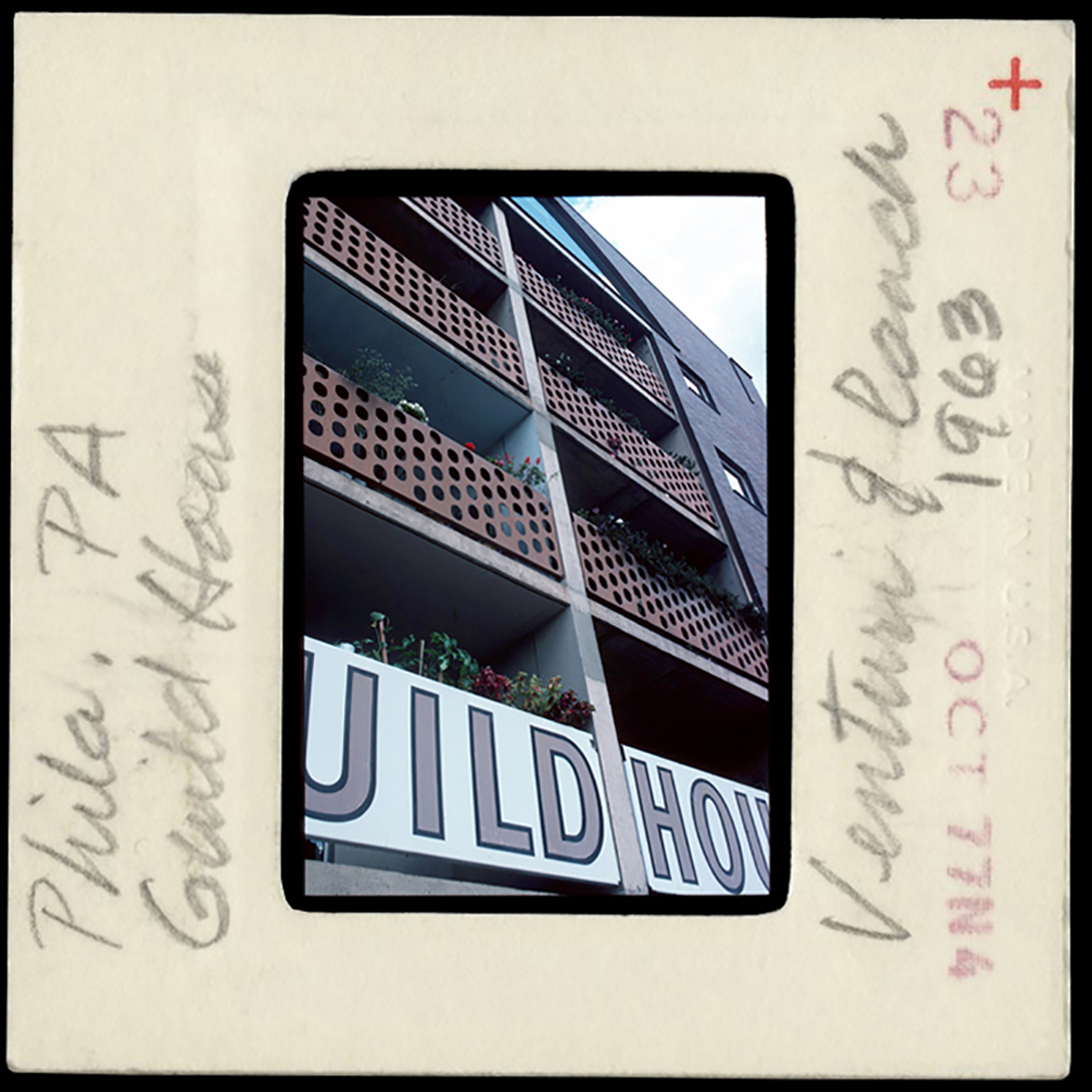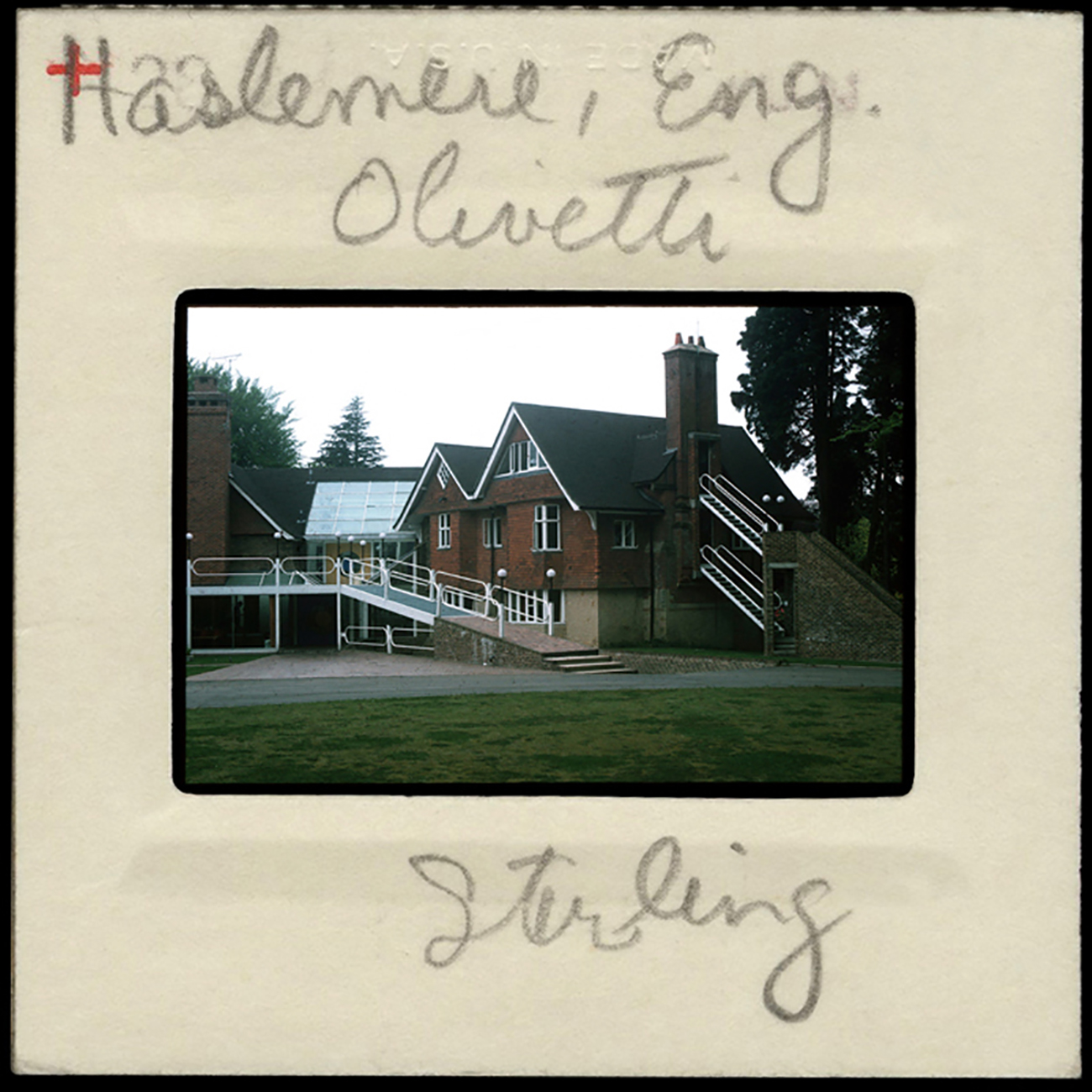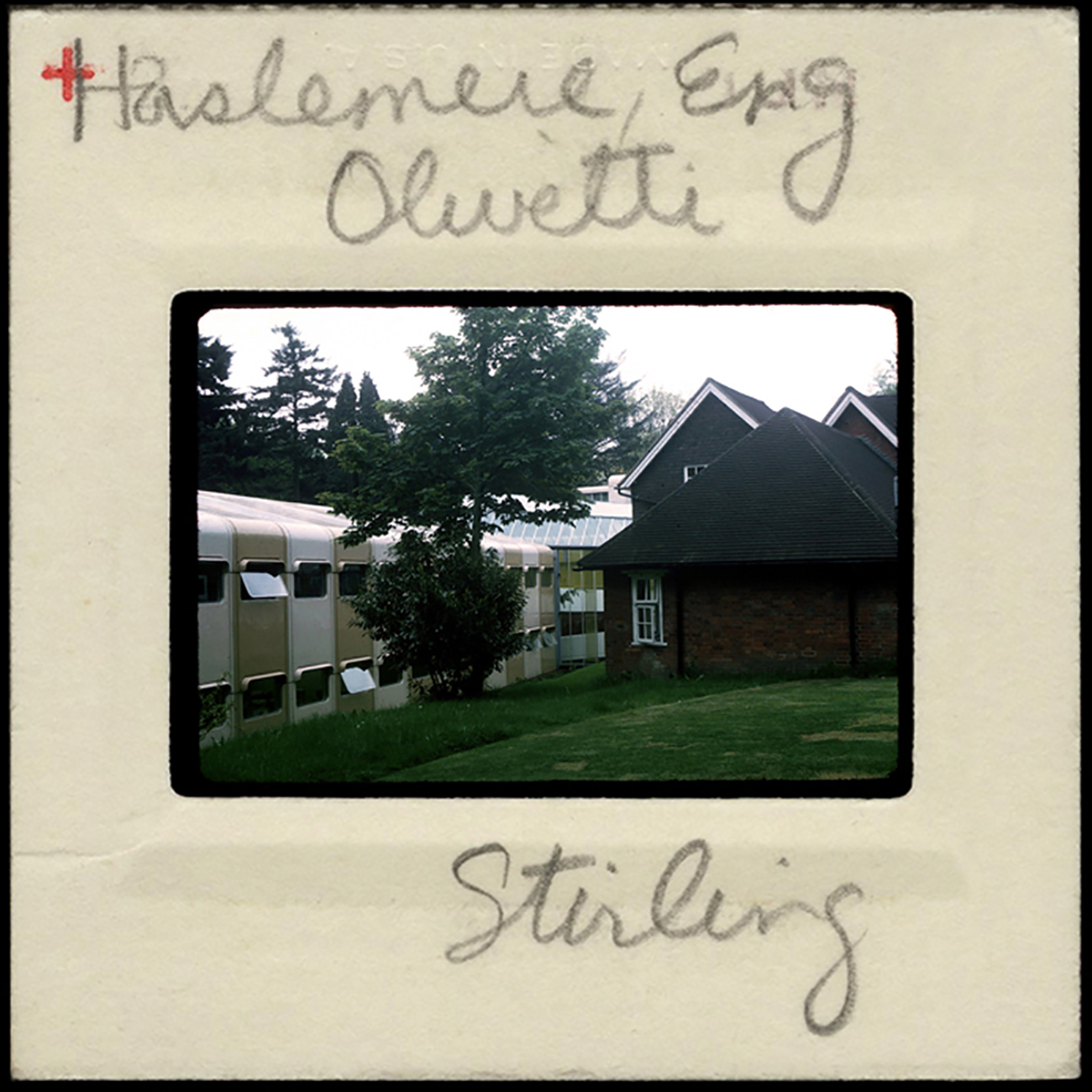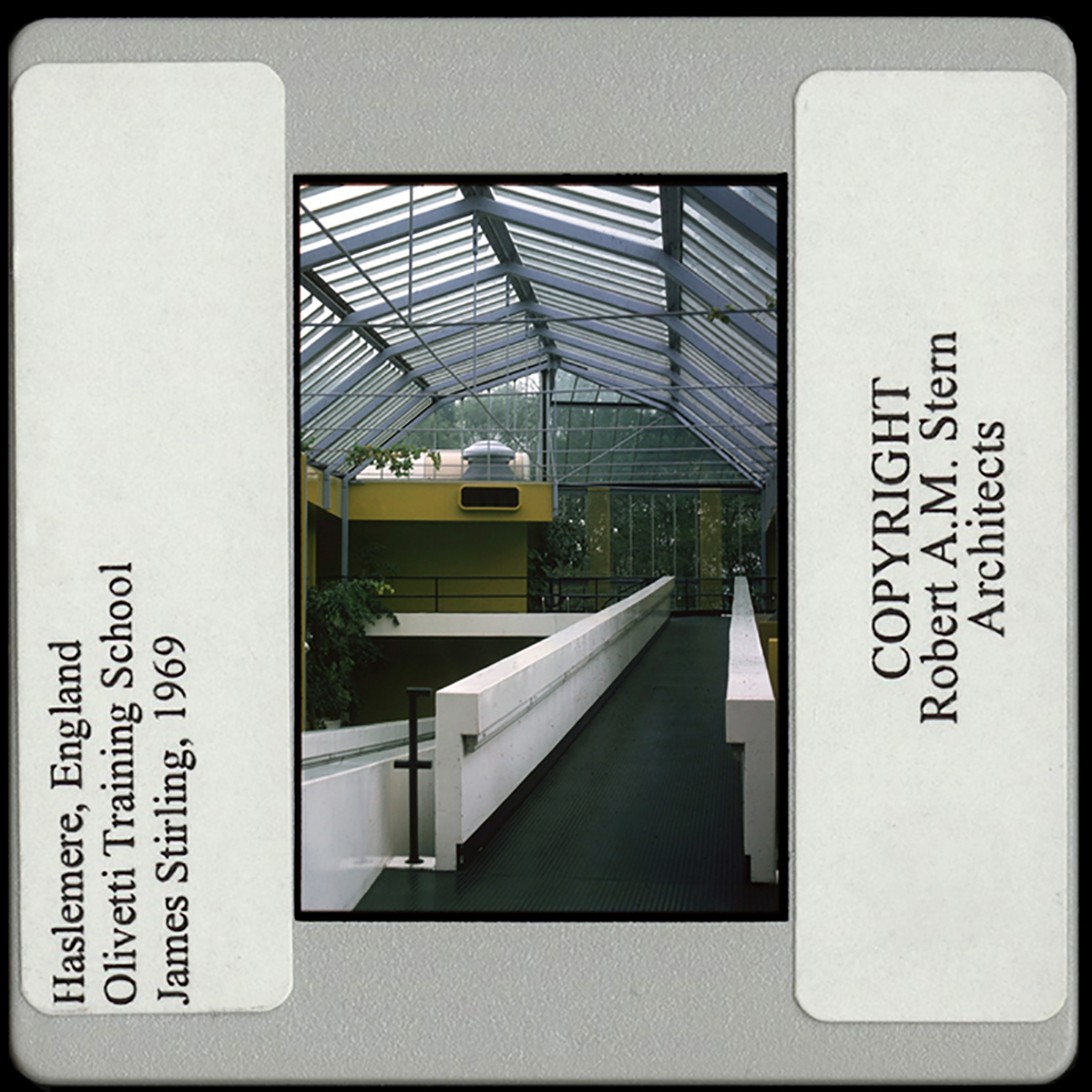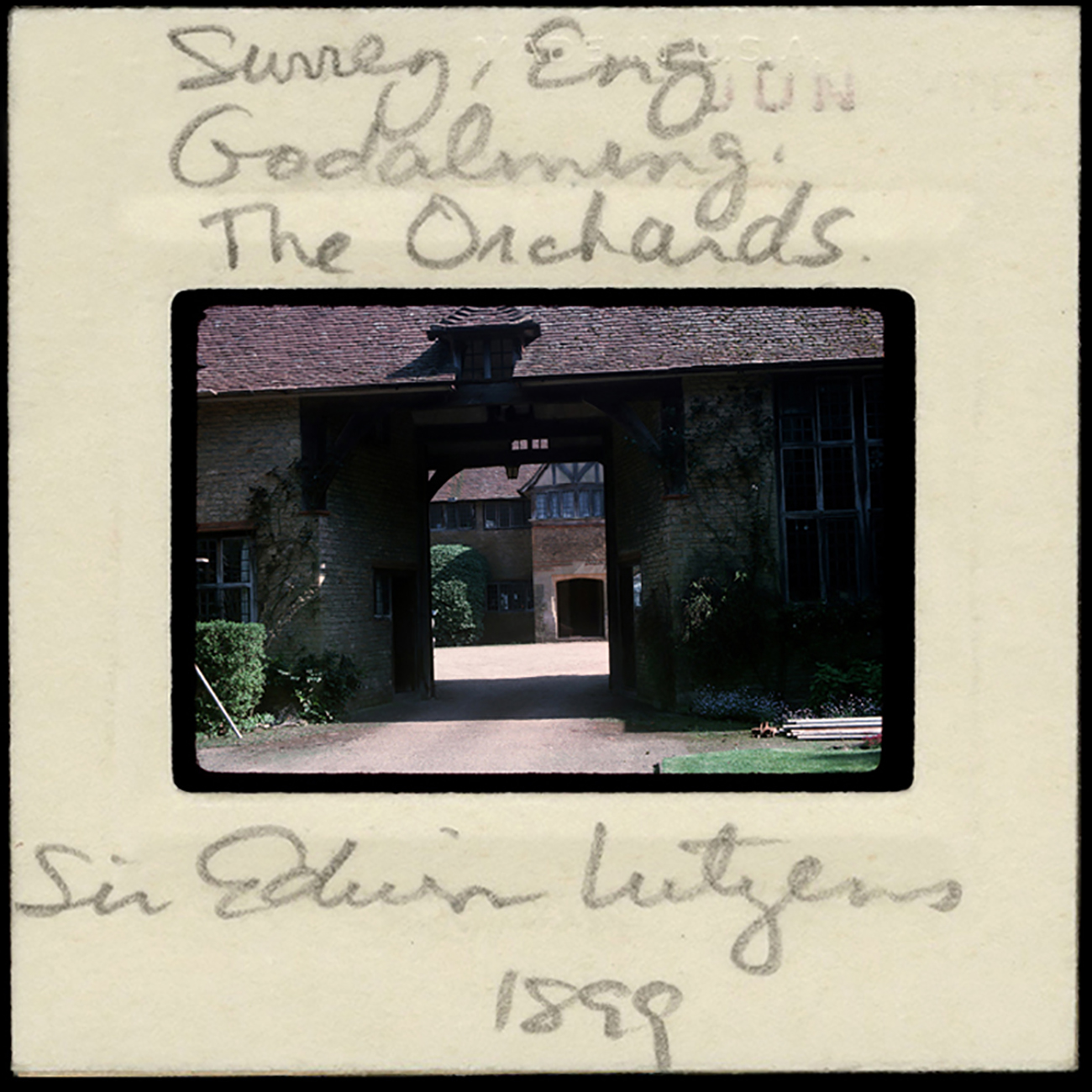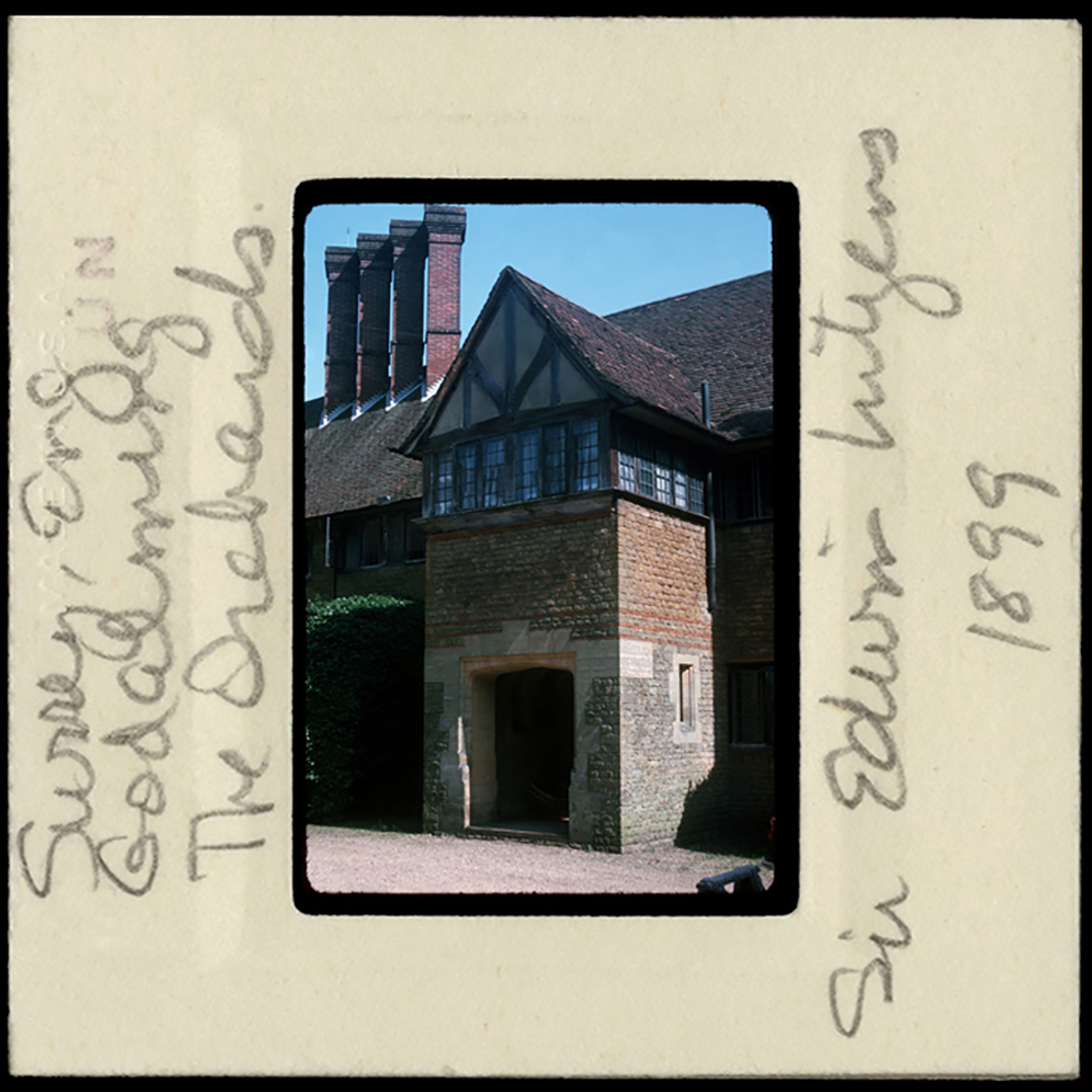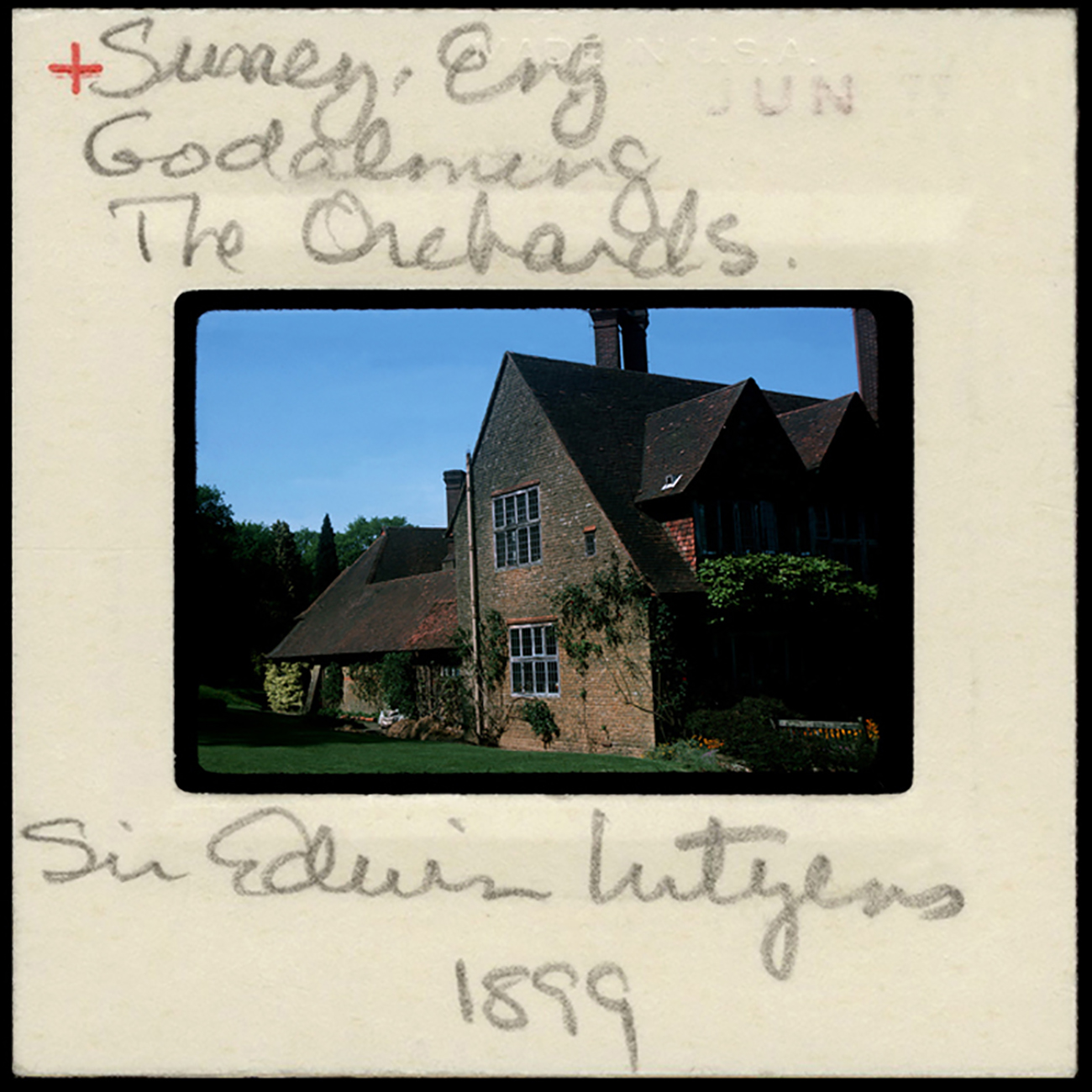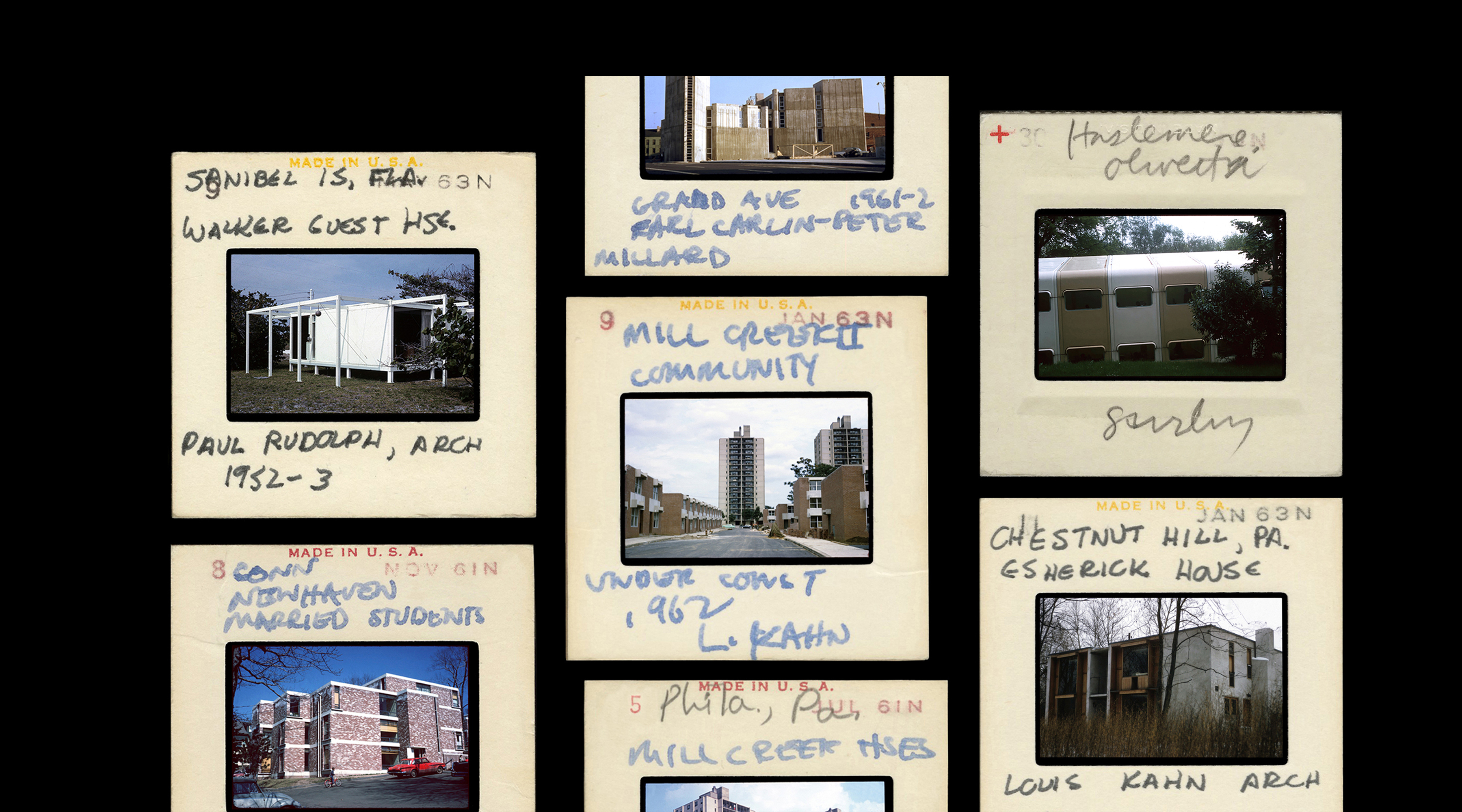
Bob's Travel Slides
Robert A.M. Stern, FAIA
Photography from Bob Stern’s travel as a student and young architect.
When architects travel, they do so to expand their perspective as design professionals. Encountering the buildings and public places of the past in real time—as opposed to in books or online—often inspires jumping-off points for new designs and, perhaps even more importantly, provides an understanding of how the public experiences the built environment.
I am not gifted with great drawing skills, so I rely on photography when I travel.
The earliest trips I took as a kid were on the subway to Manhattan. I have no photographs from those excursions, but I’ve returned often to look again through the lens of a camera. As an architecture student at Yale, I got serious and undertook a lifelong project building a “memory book,” to use Charles Moore’s term, of travel photographs. In those years, I mostly visited the work of contemporary architects whom I admired: Frank Lloyd Wright, naturally; my mentors, Philip Johnson and Paul Rudolph; and my new hero, Louis Kahn. Yet more than just isolated buildings, I found entire cities fascinating to explore and document, especially those close by: New York, Boston, Newport, Philadelphia, and of course, New Haven.
Bob Stern at the Glass House Pavilion in the Pond (Philip Johnson, 1959–62) in New Canaan, Connecticut. Photograph Gifford Pierce, c. 1963.
Soon enough I extended my reach to Europe, encouraged by my teacher Paul Rudolph, who had been fortunate enough to spend an entire postgraduate year touring on a Wheelwright Traveling Fellowship in 1948–49. On that trip, I might add, Rudolph used a camera. In an early issue of the Yale School of Architecture journal Perspecta, he wrote: “There is no substitute for actually experiencing a building or a city, of seeing architectural space at various times of day and under all types of weather, and for seeing forms in use.”
When I began my architectural practice and started teaching at Columbia, I made every effort to get my staff and students out of the drafting room to experience buildings and places firsthand. By then I recommended the work of must-see architects like Robert Venturi and his partners; McKim, Mead & White; and Sir Edwin Lutyens, and newly discovered building types such as the courtyard apartment and the Art Deco skyscraper.
I’ve accumulated tens of thousands of photographs over the years, and they have been catalogued into a functional design resource that complements our office’s extensive library. Below is a curated selection of my early travel slides from this collection.
North America
Connecticut, USA
- Glass House (Philip Johnson, 1945–49), New Canaan, Connecticut. Photographs Robert A.M. Stern, 1961.
- New Haven Central Fire Station (Earl P. Carlin, Peter Millard, 1959–62), New Haven, Connecticut. Photographs Robert A.M. Stern, 1961.
- Yale University Married Student Housing (Paul Rudolph, 1960–61), New Haven, Connecticut. Photographs Robert A.M. Stern, 1961.
North America
Pennsylvania, USA
- Mill Creek Development (Louis Kahn, 1951–62; demolished 2002), Philadelphia, Pennsylvania. Photographs Robert A.M. Stern, 1961–63.
- “Fallingwater,” Edgar J. Kaufmann House (Frank Lloyd Wright, 1934–37), Bear Run, Pennsylvania. Photographs Robert A.M. Stern, 1963.
- Margaret Esherick House (Louis Kahn, 1959–61), Philadelphia, Pennsylvania. Photographs Robert A.M. Stern, 1973.
- Guild House (Venturi & Rauch with Cope & Lippincott, 1960–63), Philadelphia, Pennsylvania. Photographs Robert A.M. Stern, 1977.
Europe
Surrey, England
- Olivetti Training School (James Stirling, 1969–72), Haslemere, Surrey, England. Photographs Robert A.M. Stern, 1975.
- “Orchards,” Sir William Chance House (Edwin Lutyens, 1897–99), Godalming, Surrey, England. Photographs Robert A.M. Stern, 1975.
Adapted from Robert A.M. Stern’s foreword in Tradition and Invention: RAMSA Travel Fellowship 2013–17. To learn more about the RAMSA Travel Fellowship, visit www.ramsa.com/fellowship.
